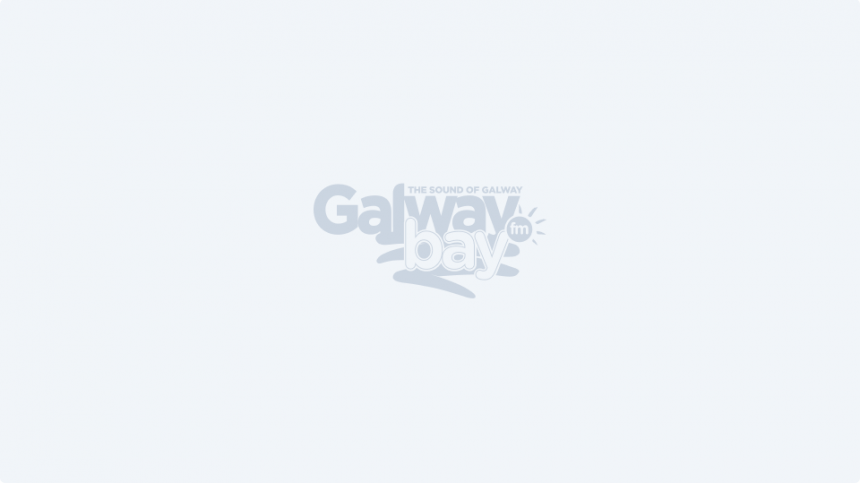| Horse Racing Ireland (HRI) today announced a number of initiatives designed to assist lower to medium tier horses which will be included in the National Hunt (NH) programme for the start of the 2017/2108 NH season covering the summer period from 1st May to 1st October 2017. The programme contains 609 races in total with a race worth at least €15,000 on each day and a feature event worth at least €20,000 at the majority of fixtures.
The enhancements to the existing programme include:
• There will be a series of 20 middle range handicaps (with rating caps of 109 or 116), comprising 14 hurdles and six chases, which will be run for an increased prize money value of €15,000 during the summer period. This series has been made possible thanks to the support of the Irish EBF including an enhanced sponsorship contribution.
• There will be a trial series of six maiden hurdles confined to horses which have not won a race previously and which were purchased for €30,000 or less as unraced 3-year-olds or 4-year-olds in a recognised National Hunt store sale (two of the races will be mares only with a €20,000 purchase price limit). Horses which have subsequently won a Point-to-Point will be excluded from these races. There will be two such races in the months of September, October and November, with the first contest a €20,000 event at the Listowel Festival.
• Six maiden hurdles during the summer period will be confined to horses which have run three times without having been placed in the first three. This will provide horses of a lesser ability with the opportunity to be competitive in weight-for-age company before progressing into handicaps.
• The number of beginners chases and novice chases with a rating band restriction (limiting entry to horses with a hurdle or chase rating below a certain level which can vary from 102 to 123) has been increased from 12 to 16, which comprises 25% of the overall non-graded opportunities (65) in this category. The target will be to ensure that a quarter of beginners/novice chases are similarly restricted throughout the season, with one such race being programmed most weeks to provide more opportunities for horses to compete over fences in their own grade.
• The National Hunt handicappers are currently trialling the allocation of a handicap mark to lower-grade hurdlers (rated 102 or less) after only one run (previously two were required) in a beginners/novice chase (this will be at the handicappers’ discretion).
• The number of novice hurdles with a rating band cap (varying between a maximum rating of 110 to 130) has similarly been increased from nine to 13.
• The number of mares only races during this period has been increased from 65 to 76. This reflects the increase in younger fillies and mares that are now coming into training following a series of previous initiatives which were designed to encourage their greater participation. Overall, the number of individual mares that have run in the National Hunt sphere since the start of July 2016 is up by 13% from 951 to 1071.
Commenting on these initiatives, Jason Morris, Director of Racing, said:
“HRI has always endeavoured to offer a balanced race programme with an emphasis on quality, whereby at least 10% of races under both codes offer Black Type, and we will continue to do so. These new race planning initiatives follow on-going discussions with the Irish Racehorse Trainers Association, the Association of Irish Racehorse Owners, the Irish Thoroughbred Breeders Association and the Irish EBF. They are designed to ease the progression of horses through the system in National Hunt racing, to provide more competitive options for middle to lower tier horses, and to offer additional higher value opportunities in the race types where the majority of owners and trainers compete.
It has been pleasing to see the upturn in National Hunt racing this season. Since the start of July, the average entry in National Hunt races has increased by two horses from 19.6 to 21.6 and the average field size by one runner per race from 10.4 to 11.4. The number of individual runners in National Hunt racing has also risen by nearly 200 horses (or 6%) from 3564 to 3763. Looking at the figures for March, the 112 races were won by 64 different individual trainers and 84 different individual owners, showing the breadth of success that is being achieved.
Nonetheless, HRI recognises that it is still a very challenging economic environment for many trainers. HRI has tried to ensure that these positive ownership and field size trends will continue through our prize money policy, targeting the lower end point of entry races including increasing the minimum prize money value to €10,000 and paying prize money down to fifth in all races, by reducing our administration costs by more than 30%, and by assisting trainers to recruit and retain owners with the creation of the new HRI racehorse ownership department.” |
